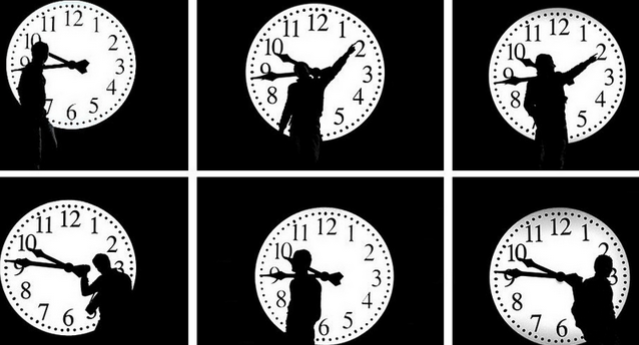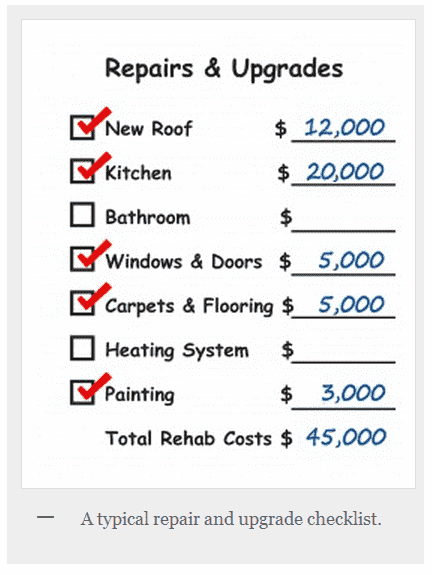AboutNot known Factual Statements About What Is Cardiology Rehab Therapy
350); this especially negative outlook might describe the results. A variation of Rogers' method has actually been developed in which clients are directly accountable for determining the objectives and goals of the treatment. Known as Client-Directed Outcome-Informed treatment Click here for more (CDOI), this technique has actually been utilized by numerous drug treatment programs, such as Arizona's Department of Health Solutions. Psychoanalysis, a psychotherapeutic method to behavior modification established by Sigmund Freud and modified by his fans, has actually likewise offered a description of substance use. This orientation suggests the main reason for the dependency syndrome is the unconscious need to captivate and to enact different kinds of homosexual and perverse dreams, and at the exact same time to avoid taking responsibility for this.
The addiction syndrome is also assumed to be connected with life trajectories that have actually occurred within the context of teratogenic procedures, the stages of that include social, cultural and political aspects, encapsulation, traumatophobia, and masturbation as a type of self-soothing. Such an approach lies in stark contrast to the approaches of social cognitive theory to addictionand certainly, to behavior in generalwhich holds people to regulate and manage their own environmental and cognitive environments, and are not merely driven by internal, driving impulses. Additionally, homosexual content is not linked as a needed feature in dependency. A prominent cognitive-behavioral method to addiction recovery and therapy has been Alan Marlatt's (1985) Regression Avoidance approach.

Self-efficacy refers to one's ability to deal effectively and efficiently with high-risk, relapse-provoking circumstances. Result expectancy refer to an individual's expectations about the psychedelic effects of an addicting substance. Attributions of causality describe a person's pattern of beliefs that relapse to drug use is an outcome of internal, or rather external, short-term causes (e. g., allowing oneself to make exceptions when confronted with what are evaluated to be uncommon situations). Finally, decision-making procedures are linked in the relapse procedure http://sethmnah910.theglensecret.com/8-simple-techniques-for-addiction-rehab-center-who-we-are as well. Substance use is the result of multiple choices whose collective effects lead to an usage of the intoxicant.
For instance: As a result of rush hour, a recuperating alcoholic might decide one afternoon to exit the highway and travel on side roads. This will result in the creation of a high-risk situation when he realizes he is inadvertently driving by his old preferred bar. If this person is able to utilize effective coping strategies, such as distracting himself from his yearnings by switching on his preferred music, then he will prevent the regression threat (PATH 1) and heighten his efficacy for future abstaining. If, nevertheless, he lacks coping mechanismsfor instance, he may begin pondering on his cravings (PATH 2) then his effectiveness for abstinence will reduce, his expectations of favorable outcomes will increase, and he may experience a lapsean separated go back to substance intoxication.
This is a harmful path, Marlatt proposes, to full-blown relapse. An additional cognitively-based design of compound use healing has been provided by Aaron Beck, the father of cognitive treatment and championed in his 1993 book Cognitive Treatment of Substance Abuse. This treatment rests upon the presumption addicted individuals have core beliefs, often not available to instant consciousness (unless the client is also depressed). These core beliefs, such as "I am undesirable," trigger a system of addictive beliefs that lead to pictured anticipatory benefits of compound use and, consequentially, craving. As soon as yearning has been activated, liberal beliefs (" I can handle getting high simply this one more time") are helped with.
The cognitive therapist's job is to uncover this underlying system of beliefs, analyze it with the patient, and consequently show its dysfunction. Just like any cognitive-behavioral therapy, research tasks and behavioral workouts serve to strengthen what is discovered and talked about during treatment. [] A growing literature follow this link is showing the significance of emotion regulation in the treatment of compound usage. Considering that nicotine and other psychoactive compounds such as drug trigger comparable psycho-pharmacological paths, an emotion policy method may apply to a large range of compound use. Proposed models of affect-driven tobacco usage have actually concentrated on negative support as the primary driving force for dependency; according to such theories, tobacco is used because it assists one escape from the unfavorable impacts of nicotine withdrawal or other negative state of minds.
Facts About Questions To Ask When Finding A Rehab Nursing Facility Uncovered

Mindfulness programs that motivate patients to be knowledgeable about their own experiences in the present moment and of feelings that emerge from thoughts, appear to prevent impulsive/compulsive reactions. Research study likewise indicates that mindfulness programs can lower the intake of compounds such as alcohol, drug, amphetamines, cannabis, cigarettes and opiates. Individuals who are detected with a psychological health disorder and a synchronised substance usage condition are called having a dual diagnosis. For instance, somebody with bipolar illness who also has an alcohol usage disorder would have dual diagnosis. In such celebrations, 2 treatment strategies are needed with the psychological health condition requiring treatment first.
Behavioral models utilize principles of functional analysis of drinking habits. Habits designs exist for both working with the person using the substance (community support approach) and their household (community support approach and household training). Both these models have had considerable research study success for both efficacy and effectiveness. This design lays much emphasis on the usage of analytical methods as a way of helping the addict to overcome his/her dependency. Barriers to accessing drug treatment might get worse unfavorable health results and more exacerbate health inequalities in the United States. Stigmatization of drug use, the War on Drugs and criminalization, and the social factors of health should all be thought about when going over access to drug treatment and prospective barriers.
Other barriers to treatment include high expenses, lack of customized programs to deal with specific requirements, and requirements that need individuals to be home, abstinent from all compounds, and/or employed. (See low-threshold treatment and housing first for more context on the latter point.) Further, barriers to treatment can vary depending upon the geographical location, gender, race, socioeconomic status, and status of previous or present criminal justice system involvement of the person looking for treatment. Despite continuous efforts to combat addiction, there has actually been proof of clinics billing clients for treatments that may not ensure their healing. This is a major issue as there are many claims of fraud in drug rehabilitation centers, where these centers are billing insurer for under delivering much needed medical treatment while exhausting clients' insurance coverage benefits - how long does it take to get into rehab for heroin addiction in delaware county pa.
Under the Affordable Care Act and the Mental Health Parity Act, rehab centers are able to costs insurance business for compound use treatment. With long haul lists in restricted state-funded rehab centers, questionable private centers quickly emerged. One popular model, called the Florida Model for rehabilitation centers, is often slammed for deceptive billing to insurance coverage business. Under the guise of assisting patients with opioid addiction, these centers would use addicts complimentary rent or up to $500 per month to remain in their "sober homes", then charge insurance coverage business as high as $5,000 to $10,000 per test for basic urine tests.
